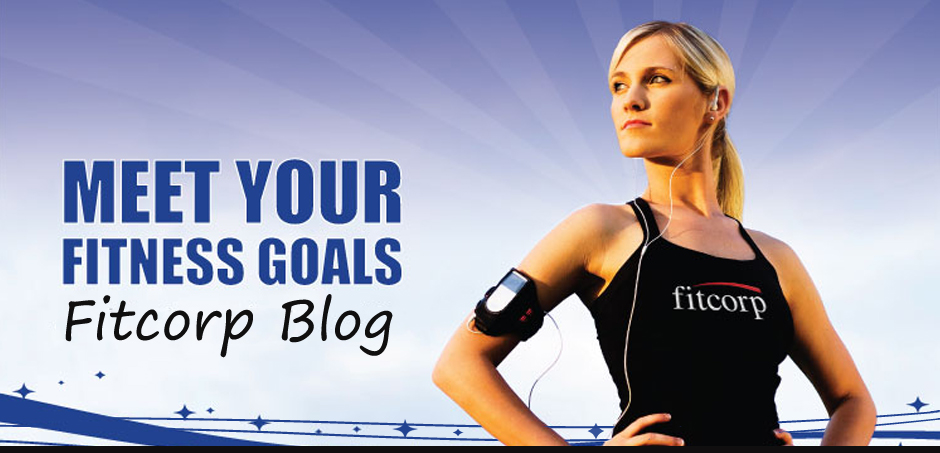A Little Bit About My Pre/Post Natal Exercise Certification
As you may or may not know, as of this past August I am a pre/post natal exercise specialist! I’m up one more level of awesome!
All jokes aside, it’s a very very cool certification and I’m ecstatic to be able to help this very special population. Although the process of getting certified was long, it was enriching and definitely worth it. Some of my requirements were:
1. Read “Exercising Through Your Pregnancy” by Dr. James F. Clapp
Dr. Clapp is a leading researcher in this
very specific arena, and his book offers ground breaking information. He
talks about how pregnancy was once viewed as a sickness, whereas in
reality perinatal women can do just about anything that their
non-pregnant counterparts can. He covers the physiological changes that
occur when you become pregnant, the benefits of exercising during
pregnancy (there’s a lot– more on that later), and how to program
and monitor.
2. Read a ~200 page manual written by my certification creators, Kim Nelli + James Goodlatte
This manual is something I refer to frequently. It sort of fleshes out
details from Clapp’s book and goes into more detail about structural
considerations, corrective exercise, movement assessment, primal
movement patterns (breathing, squat, lunge, twist, bend, push, pull,
single leg balance), and actual program design. There is also a separate
manual for post-natal fitness that digs into the emotions of child
birth, hormones and nutrition. What I like so much about this
certification is that Kim and James really explore a holistically
healthy pregnancy, as opposed to just focusing on exercise.
3. Complete about 10 written quizzes to submit for feedback
4. Review and Learn the latest ACOG guidelines for absolute and relative indications to exercise during pregnancy
These are very pregnancy-specific issues to
be mindful of as a trainer, or if you’re pregnant yourself. Some
absolute contraindications include persistent 2nd or 3rd trimester
bleeding or pregnancy induced hypertension. Some relative
contraindications include severe anemia or poorly controlled thyroid
disease.
5. Video record 2 movement assessments, 1 for prenatal and 1 for post
6. Video record a 60-minute session
A big thanks to my stellar client Christina for allowing me to film our session!
7. Have 2-5 skype meetings with James to discuss videos
James gave great feedback and really encourages his FitForBirth trainers to think critically.
I’ve learned way too much to ever summarize
in one blog post, but to give you an example… here are some benefits to
exercising during pregnancy:
For Moms:
1. Less weight gain
2. Less labor pain
3. Less pregnancy discomfort
4. Decrease in need to artificially rupture membranes
5. Decrease in need for episiotomy (2-4″ incision along the vaginal wall)
6. Decrease need for operative intervention
7. Decreased time in labor
For Babies:
1. Increased physical health scores
2. Increased intelligence scores
3. Fewer fetal interventions
4. Fewer pregnancy complications
5. Increase nutrient delivery to fetus
These are obviously not exhaustive lists,
and I can’t emphasize enough the importance of staying active during
pregnancy. Many people view pregnancy as a time to be lazy and excuse a
poor diet because they’re hormones are telling them to eat a double mac.
Quite the contrary. Pregnancy is a time to pay even MORE attention to
your health– you’re creating another human for pete’s sake! I’ve had a
few pregnant clients at this point, and it’s honestly pretty cool to
empower them to continue to lift and engage in interval training.
Lastly, I want to give you some insight as to how a session with me actually goes down.
The session is broken up into 4
components. We spend the first 10-15 minutes doing some breathing drills
to turn on the diaphragm, TVA and deep core muscles. Kim and James
refer to this is awakening from ‘core amnesia.’ The next 25-35 minutes
are dedicated to functional training. During this time I will go through
specific corrective exercises, and my usual strength training programs.
After that, we spend 10 minutes in what’s called Labor Training. Labor
training is basically HIIT with a recovery period using imagery. I let
my ladies choose their form of conditioning (ball slams, mountain
climbers, sled push etc), and I walk them through the imagery. The
work/rest intervals are supposed to simulate how actual contractions
occur, starting with shorter work periods/longer rests, and gradually
moving to longer work/shorter rest. Then whatever time is remaining is
used for gentle stretching and relaxation. The ladies leave the session
with a sense of achievement, confidence and calmness.
So far, I’ve been meeting with my
pre/post natal clients in 1-on-1 sessions, but I’d also like to start a
small group training program so that ladies can get the camaraderie and
encouragement from fellow preggo’s. :)
If you or anyone you know is interested in pre/post natal training, please contact me at ldevincent@fitcorp.com.
-Laura DeVincent, Personal Trainer at Fitcorp's 125 Summer Street location
Source: http://lauradevincent.wordpress.com/2012/10/11/a-little-bit-about-my-prepost-natal-certification/









